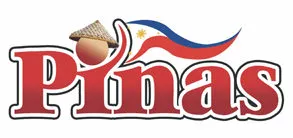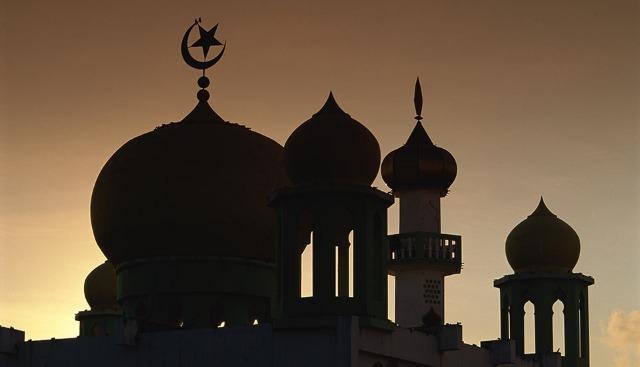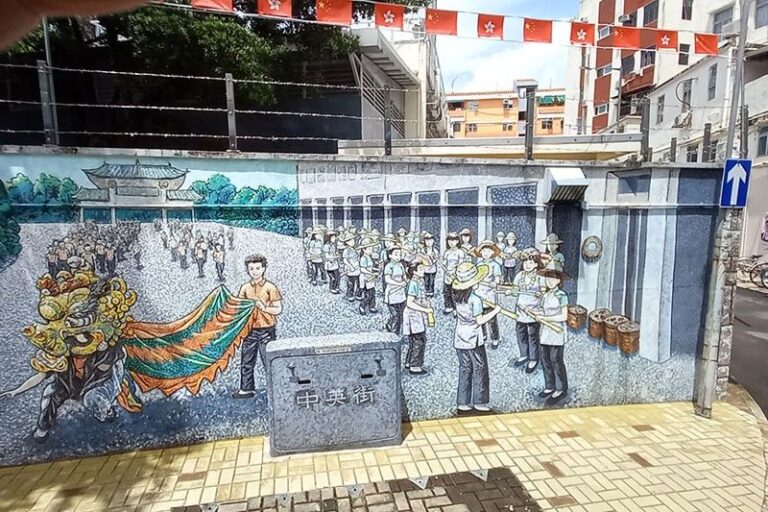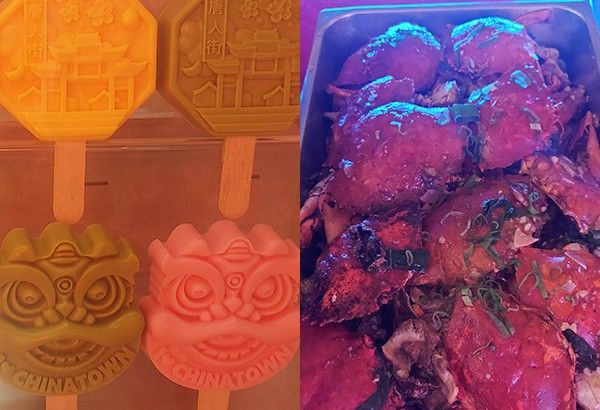Deni Rose M. Afinidad-Bernardo – Philstar.com
May 17, 2024 | 12:29pm
MANILA, Philippines — Established in 1954 as Manila’s center for commerce and trade, Binondo is the first and oldest Chinatown in the world dubbed as the country’s “Wall Street” before World War II.
Built by the Spaniards as settlement for Chinese immigrants who converted into Catholicism, Binondo became a melting pot of culture and languages through the centuries. The Chinese immigrants brought with them their heirloom recipes, while Filipinos influenced the Chinese’s culinary traditions.
As such, the Filipino-Chinese settlement has become a gastronomic hotpot through the years, prompting international beverage label Coca-Cola to recently designate “Foodmarks” signs all over Binondo to help diners identify must-try delicacies and heritage dining hubs in the area.
Heading on an epicurean adventure in Binondo? Here are some food haunts and specialties to try:
President Grand Palace Restaurant
In Ongpin Street in Binondo, Manila, if you find Eng Bee Tin and its sister restaurants crowded and with long lines, where would you go to eat?
Just a few blocks from Eng Bee Tin is President Grand Palace, which boasts of Cantonese cuisine, considered as among China’s finest regional cuisines. Established in 1979, the restaurant has been considered as among Manila’s grandest authentic Chinese restaurants prized for its soup, seafood and Peking duck dishes ranging from P400 and up, with most dishes big enough for sharing.
The restaurant can accommodate over a hundred. The service is superb with its friendly and caring staff, while the serving time is fast for a restaurant. These make the dining joint a favorite events place for special occasions, such as the recent “Foodmarks” launch with “Can’t Buy Me Love” stars Maris Racal and Anthony Jennings as endorsers.
Wong Kei, Vege Select
In front President Grand Palace, one can try freshly squeezed sugar cane juice that retails for P150 per reusable bamboo-printed bottle with a cute plush panda toy at Wong Kei, whose Xia Long Pao street food also sell like hotcakes for P200 for every 10-piece bag.
Beside Wong Kei is Vege Select’s dessert area, which sells Chinatown-branded ice cream in flavors like milk, strawberry and matcha.
Masuki
Located in Benavidez Street, Masuki has gotten more attention recently as the first date venue of Racal and Jennings’ beloved love team SnoRene in “Can’t Buy Me Love.”
Opened in 1930 in Binondo, Ma Kong Mami House was later renamed as Masuki when it relocated to its present location. In 2004, its Chinese corporation owner, which included members Bowie Kho and Willen Ma, opened a branch in Sekai Center in Greenhills, Ortigas, Pasig City.
Since then, the diner has been known for its homemade miki noodles and has been claimed to be as Binondo’s first and original mami house.
Related: ‘Can’t Buy Me Love’ creates new clamor for Binondo restaurant
Salazar Bakery
Like President Grand Palace and Masuki, Salazar Bakery is included in Coca-Cola’s Foodmarks list.
Touting itself as “Home of Oriental Delicacies,” Salazar Bakery has been around since 1947.
Apart from freshly cooked bread, visitors go here to buy “pasalubong.”
Besides Salazar Bakery, President Grand Palace and Masuki, among other food landmarks included in Coca-Cola’s Foodmarks list are:
Sincerity in Lucky Chinatown Mall;
Golden Lantern, known for seafood dishes and live “paluto” also in Benavidez Street along with Masuki;
Golden Fortune Restaurant;
Four Season Noodle House;
and Big Bowl Noodles.
“Meals represent the most significant occasion for Coca-Cola in the ASEAN and South Pacific region. Foodmarks go beyond the simple act of dining; they represent the collective joy and exploration of hidden culinary gems within the dynamic, bustling food scenes,” stated Teejae Sonza, Senior Marketing Director of Coca-Cola Trademark, ASEAN and South Pacific.
“We’re celebrating the humble, unassuming yet iconic eateries with rich histories that remain untold — a deviation from those frequently highlighted in pop culture.”


















